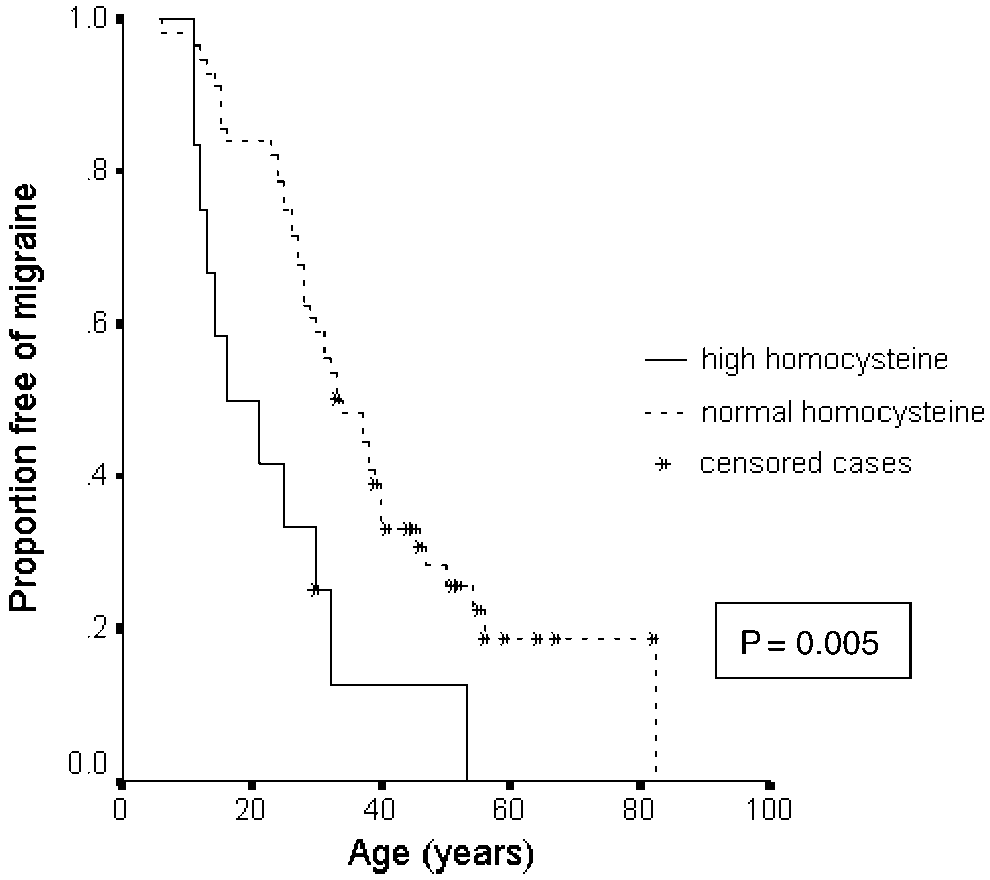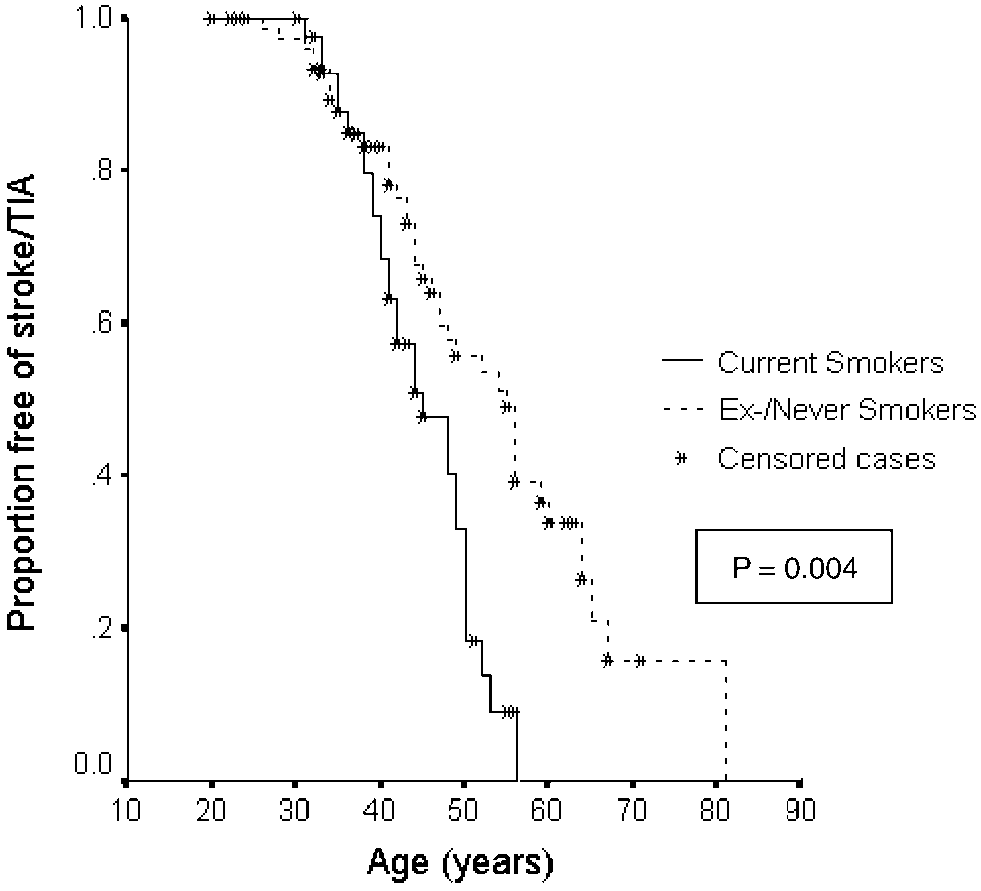Endophthalmitis rates after implantation of the intraocular collamer lens: survey of users between 1998 and 2006
Bruce D. Allan, MD, Isabel Argeles-Sabate, DO, Nick Mamalis, MDAn anonymous on-line survey was sent to 234 intraocular Collamer lens (ICL) (Staar Surgical)surgeons in 21 countries to determine how many of their ICL cases had been complicated by endoph-thalmitis between January 1998 and December 2006. A second questionnaire about the infectiondetails and treatment outcome was sent to those who rep

 Table 2 Association between vascular risk factors or apoE4 allele and presence of clinical features
Odds ratios and 95% confidence intervals are given. *P = 0.02; **P = 0.03.
Table 2 Association between vascular risk factors or apoE4 allele and presence of clinical features
Odds ratios and 95% confidence intervals are given. *P = 0.02; **P = 0.03.